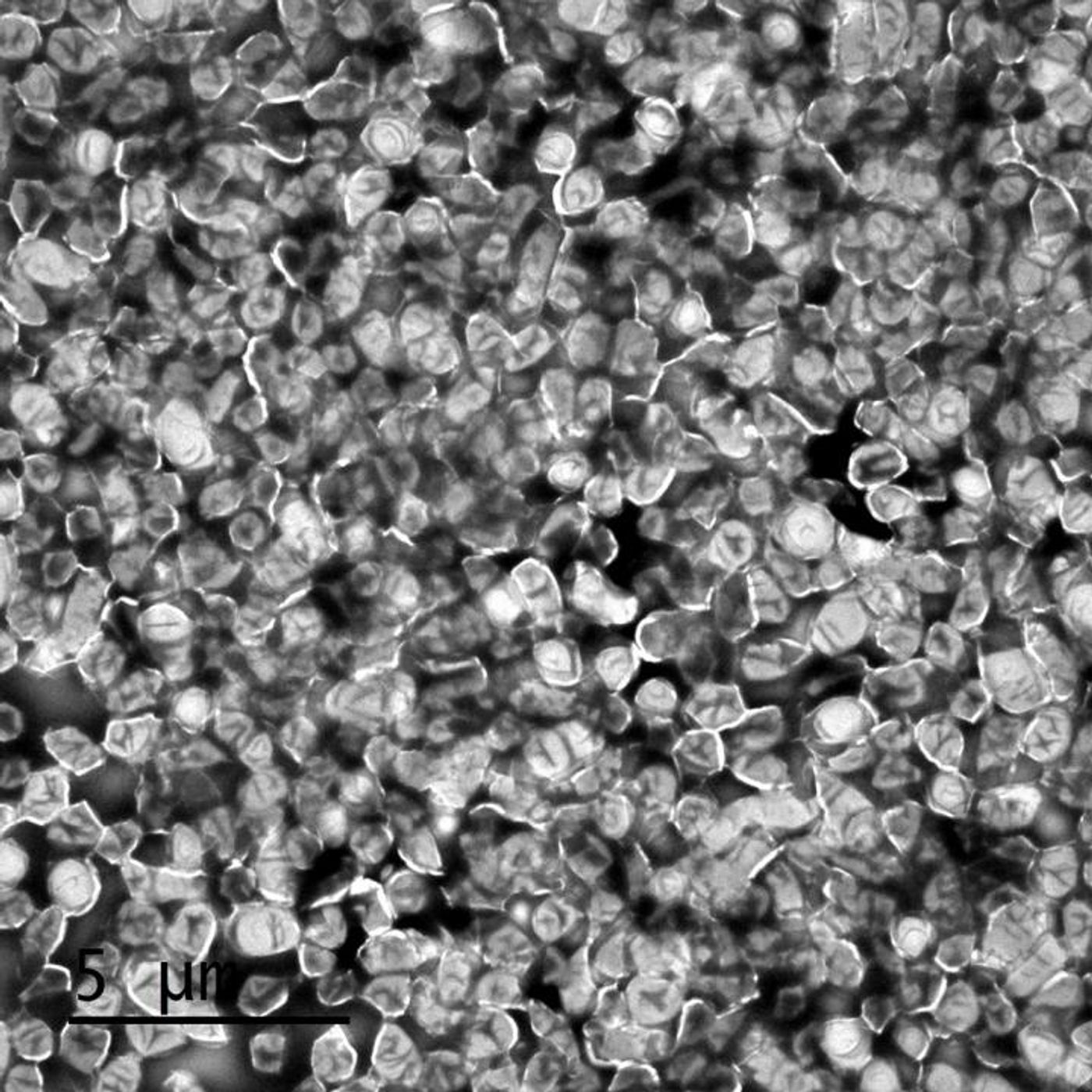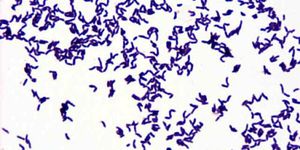According to the Centers for Disease Control (CDC), the bacterium Francisella tularensis is highly infectious, and can sicken a variety of animals including rabbits, rodents and humans. It is transmitted by deer tick but can also spread in other ways, including through the handling of infected animal tissue or contact with contaminated soil and water. Infection with the pathogen results in the disease tularemia, also known as rabbit fever. It is treatable with antibiotics but has caused fatalities. In
a report published in Cell Host & Microbe, scientists reveal more about Francisella. Learn more about the disease in the following video from the National Institute of Allergy and Infectious Diseases.
"Francisella tularensis is very pathogenic. Disease can occur even when fewer than 10 bacteria get introduced into the lungs. We don't study the human pathogenic bacterium in our lab, but use a less pathogenic surrogate called Francisella novicida," explained Dr. Aria Eshraghi, a postdoctoral fellow in the Department of Microbiology at the University of Washington School of Medicine.
Although the disease has been studied extensively, very little is known about it. Because of its severity and pathogenicity, the CDC has classified it as a bioterrorism agent. A scientist who participated in this work, Dr. Brook Peterson, noted that the CDC tracks tularemia cases in the United States.
There is a distinctive feature of the genome of the bacterium that has been termed the Francisella Pathogenicity Island. The genes in this region encode for bacterial toxins as well as the delivery system that ferries those toxins into a host, resulting in illness.
It had been thought that this area contained all of the toxin genes; the researchers found another set of genes that code for proteins that enhance the infectiousness of the toxins. Some characteristics of these proteins are common to other pathogens, such as the bacterium responsible for Legionnaires’ disease. The role of the proteins seems to be the promotion of Francisella growth inside a macrophage, a cell of the immune system, which functions to ingest and destroy invading pathogens.
"Francisella novicida must actively commandeer its host to avoid cellular defenses," noted the investigators.
Improved technologies enabled the scientists to detect the new proteins that aid in Francisella toxicity. Mass spectrometry with increased sensitivity enabled the detection and quantification of molecules, electron microscopy and fluorescence confocal microscopy gave the researchers a view of the various parts of the toxin transport machinery.
"We have discovered some of Francisella's toxins, but still to be determined is how they act on the cells the bacteria infect. That knowledge will be a big advance in our understanding of tularemia," concluded the senior author of the study, Dr. Joseph Mougous, an Associate Professor of Microbiology at the UW School of Medicine.
Sources:
CDC,
AAAS/Eurekalert! via
UW School of Medicine,
Cell Host & Microbe









